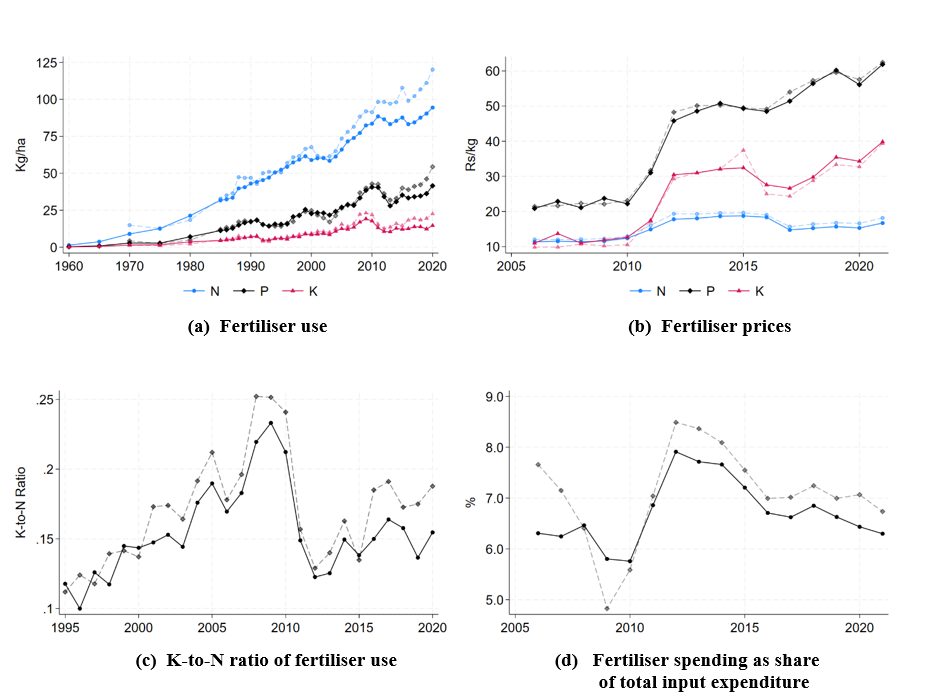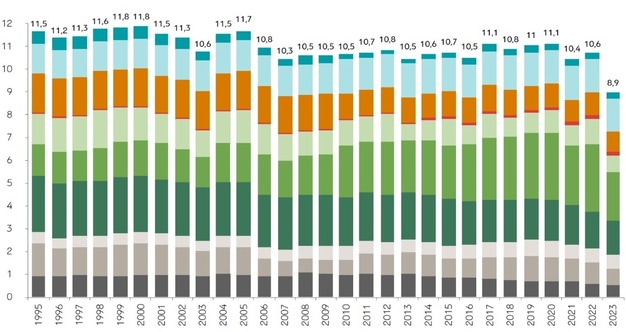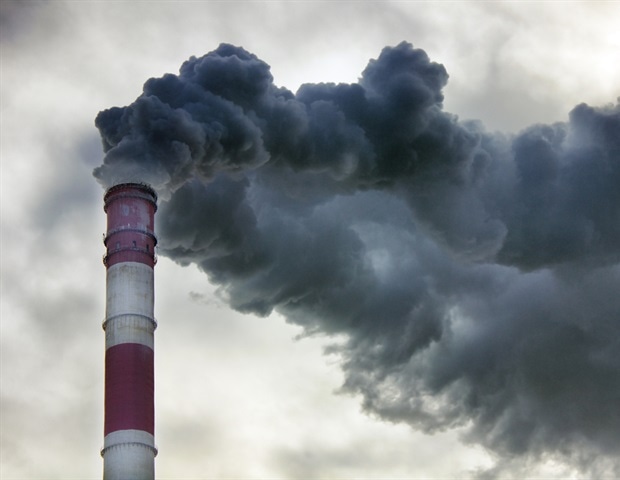Entire state of Michigan under air quality alert through end of Monday – Detroit Free Press
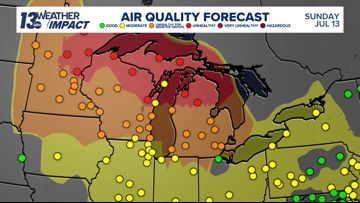
Report on Air Quality in Michigan and Implications for Sustainable Development Goals
This report details the air quality alert issued for Michigan, its causes, and its direct implications for several United Nations Sustainable Development Goals (SDGs), including SDG 3 (Good Health and Well-being), SDG 11 (Sustainable Cities and Communities), SDG 13 (Climate Action), and SDG 15 (Life on Land).
Current Air Quality Alert Status
Statewide Alert Issued
The Michigan Department of Environment, Great Lakes and Energy has issued an air quality alert for the entire state of Michigan, effective through Monday, July 14. The alert is a result of elevated levels of fine particulate matter (PM2.5) originating from residual wildfire smoke from Canada. This event directly challenges the objectives of SDG 11 (Sustainable Cities and Communities), which aims to ensure safe and resilient living environments, including clean air.
Projected Impact
According to the National Weather Service (NWS), the smoke is anticipated to spread south and east across the state. Air Quality Index (AQI) values are expected to reach the “Unhealthy for Sensitive Groups” (Orange) to “Unhealthy” (Red) range. Such conditions degrade the environmental quality of communities and hinder progress toward sustainable urban and rural development as outlined in SDG 11.
Health Implications and Alignment with SDG 3: Good Health and Well-being
The degradation of air quality poses significant risks to human health, directly impacting the achievement of SDG 3 (Good Health and Well-being), which seeks to ensure healthy lives and promote well-being for all at all ages.
Public Health Risks
Particle pollution, particularly PM2.5, is microscopic enough to be inhaled deep into the lungs and enter the bloodstream. This exposure is linked to serious health effects, including lung damage, asthma attacks, heart attacks, and strokes, presenting a substantial barrier to achieving public health targets within SDG 3.
Official Recommendations and Symptoms
In line with public health protection, the NWS advises the public, especially individuals with pre-existing heart or respiratory conditions, to avoid strenuous outdoor activities. All individuals should monitor for the following symptoms:
- Wheezing or coughing
- Chest tightness
- Dizziness
- Burning sensation in the nose, throat, or eyes
Environmental Context and Connection to SDGs 11, 13, and 15
Source of Pollution: Wildfires and Climate Action
The primary source of the particulate matter is wildfire smoke. The increasing frequency and intensity of wildfires are linked to climate change, making this air quality event a direct consequence of challenges addressed by SDG 13 (Climate Action). Furthermore, the wildfires themselves represent a significant threat to terrestrial ecosystems, a core concern of SDG 15 (Life on Land).
Impact on Sustainable Communities
Beyond wildfires, particle pollution originates from various anthropogenic sources, including power plants, vehicle emissions, and industrial activities. Managing these sources is critical for creating sustainable living environments as envisioned in SDG 11 (Sustainable Cities and Communities), which calls for reducing the adverse per capita environmental impact of cities by improving air quality.
Public Guidance and Mitigation Strategies
To mitigate the impact on air quality and contribute to sustainable practices, the public is advised to reduce or eliminate activities that contribute to air pollution. These individual actions support the collective goals of SDG 11 and SDG 13.
Recommended Actions
- Avoid outdoor burning and the use of residential wood-burning devices.
- Limit activities that lead to ozone formation, such as refueling vehicles or using gasoline-powered lawn equipment.
- Refrain from using charcoal lighter fluid.
Air Quality Index (AQI) Guidelines
The U.S. Environmental Protection Agency (EPA) provides the Air Quality Index (AQI) as a tool for understanding air pollution levels and their associated health risks, which is vital for public awareness and achieving the health outcomes of SDG 3.
Interpreting AQI Values
- Good (0-50): Air quality is considered satisfactory, with little to no risk.
- Moderate (51-100): A moderate health concern may exist for a very small number of people who are unusually sensitive to air pollution.
- Unhealthy for Sensitive Groups (101-150): Members of sensitive groups may experience health effects, while the general public is not likely to be affected.
- Unhealthy (151-200): Everyone may begin to experience health effects; members of sensitive groups may experience more serious health effects.
- Very Unhealthy (201-300): A health alert is triggered, signifying that everyone may experience more serious health effects.
- Hazardous (301-500): This triggers a health warning of emergency conditions, as the entire population is likely to be affected.
Analysis of SDGs, Targets, and Indicators
1. Which SDGs are addressed or connected to the issues highlighted in the article?
-
SDG 3: Good Health and Well-being
This goal is directly addressed through the article’s extensive focus on the health impacts of poor air quality. It details how elevated levels of fine particulate matter (PM2.5) from wildfire smoke pose risks to human health, specifically mentioning that people with “heart disease and respiratory diseases like asthma” are vulnerable. The article lists symptoms like “wheezing, coughing, chest tightness” and more severe consequences such as “lung damage, asthma attacks, heart attacks and stroke,” connecting air pollution directly to human health and well-being.
-
SDG 11: Sustainable Cities and Communities
The article connects to this goal by focusing on the environmental quality within a populated state, Michigan. The issuance of a statewide “air quality alert” highlights the challenge of maintaining a safe urban and suburban environment. The article discusses pollutants like PM2.5 and ozone, which are major concerns for urban air quality management, thus relating to the goal of making cities and human settlements inclusive, safe, resilient, and sustainable.
-
SDG 13: Climate Action
While not explicitly stated, the article’s subject—widespread wildfire smoke—is strongly linked to climate change, which exacerbates the frequency and intensity of wildfires. The event described is a “climate-related hazard.” The article discusses the response to this hazard, such as issuing alerts and advising the public, which relates to strengthening resilience and adaptive capacity to climate-related disasters.
-
SDG 15: Life on Land
This goal is relevant as the root cause of the air pollution is “wildfire smoke from Canada.” Wildfires represent a significant threat to the sustainable management of forests, biodiversity, and terrestrial ecosystems. The smoke affecting Michigan is a direct consequence of large-scale forest degradation, which is a core concern of SDG 15.
2. What specific targets under those SDGs can be identified based on the article’s content?
-
Target 3.9: By 2030, substantially reduce the number of deaths and illnesses from hazardous chemicals and air, water and soil pollution and contamination.
The article directly supports this target by highlighting the “illnesses” caused by air pollution. It warns that pollutants “can be inhaled into your lungs and can even enter your bloodstream with serious health consequences,” and lists specific health effects like asthma attacks and heart attacks, which contribute to both illness and mortality rates attributable to air pollution.
-
Target 11.6: By 2030, reduce the adverse per capita environmental impact of cities, including by paying special attention to air quality and municipal and other waste management.
The entire article is an examination of poor air quality affecting a large populated area. The focus on “Elevated levels of fine particulate (PM2.5)” and the use of the Air Quality Index (AQI) to classify the air as “Unhealthy” or “Moderate” directly relates to the need to monitor and improve urban air quality as specified in this target.
-
Target 13.1: Strengthen resilience and adaptive capacity to climate-related hazards and natural disasters in all countries.
The wildfire smoke is treated as a natural hazard. The response from the “Michigan Department of Environment, Great Lakes and Energy” and the “NWS” in issuing an “air quality alert” and providing recommendations to the public (e.g., “avoiding strenuous outdoor activities”) is a clear example of an action aimed at strengthening resilience and adaptive capacity to such an event.
-
Target 15.2: By 2020, promote the implementation of sustainable management of all types of forests, halt deforestation, restore degraded forests and substantially increase afforestation and reforestation globally.
The article’s reference to “wildfire smoke from Canada” implicitly points to a failure or overwhelming of sustainable forest management practices. The existence of such large-scale wildfires indicates that forests are being degraded, which runs counter to the objectives of this target.
3. Are there any indicators mentioned or implied in the article that can be used to measure progress towards the identified targets?
-
Indicator 3.9.1: Mortality rate attributed to household and ambient air pollution.
The article implies this indicator by discussing the severe health risks associated with PM2.5, including “heart attacks and stroke,” which are causes of mortality. While it does not provide statistics, it describes the conditions that contribute to this mortality rate.
-
Indicator 11.6.2: Annual mean levels of fine particulate matter (e.g. PM2.5 and PM10) in cities (population weighted).
This indicator is explicitly mentioned. The article identifies “Elevated levels of fine particulate (PM2.5)” as the primary pollutant of concern. It also references the “Air Quality Index (AQI),” which is a tool based on measuring PM2.5 and other pollutants. The article states, “Pollutants across the state are expected to reach the Unhealthy (Red AQI) to USG (Orange AQI) range,” providing a direct measurement relevant to this indicator.
-
Indicator 13.1.1: Number of countries with national and local disaster risk reduction strategies.
The article provides a practical example of a local disaster risk reduction strategy in action. The coordinated “air quality alert” issued by state (Michigan Department of Environment, Great Lakes and Energy) and national (NWS) bodies, complete with public health advisories, demonstrates the existence and implementation of such a strategy.
-
Indicator related to Target 15.2: Progress towards sustainable forest management.
The article implies an indicator of negative progress. The “wildfire smoke from Canada” serves as a direct, albeit qualitative, indicator of a significant challenge to sustainable forest management. The scale of the wildfires necessary to cause a statewide air quality alert in another country points to a substantial loss of forest area.
4. Summary Table of SDGs, Targets, and Indicators
| SDGs | Targets | Indicators |
|---|---|---|
| SDG 3: Good Health and Well-being | Target 3.9: Substantially reduce deaths and illnesses from air pollution. | Indicator 3.9.1: The article discusses health effects and illnesses (“asthma attacks,” “heart attacks,” “stroke”) caused by air pollution, which are components of the mortality and morbidity rates measured by this indicator. |
| SDG 11: Sustainable Cities and Communities | Target 11.6: Reduce the adverse per capita environmental impact of cities, paying special attention to air quality. | Indicator 11.6.2: The article explicitly mentions “Elevated levels of fine particulate (PM2.5)” and the “Air Quality Index (AQI)” reaching “Unhealthy” levels, which are direct measures of this indicator. |
| SDG 13: Climate Action | Target 13.1: Strengthen resilience and adaptive capacity to climate-related hazards. | Indicator 13.1.1: The issuance of an “air quality alert” by state and national agencies is a direct example of a local disaster risk reduction strategy in practice. |
| SDG 15: Life on Land | Target 15.2: Promote sustainable management of all types of forests and halt deforestation. | The presence of “wildfire smoke from Canada” on a scale large enough to impact another country serves as an implicit indicator of significant forest degradation and challenges to sustainable forest management. |
Source: freep.com

What is Your Reaction?
 Like
0
Like
0
 Dislike
0
Dislike
0
 Love
0
Love
0
 Funny
0
Funny
0
 Angry
0
Angry
0
 Sad
0
Sad
0
 Wow
0
Wow
0
























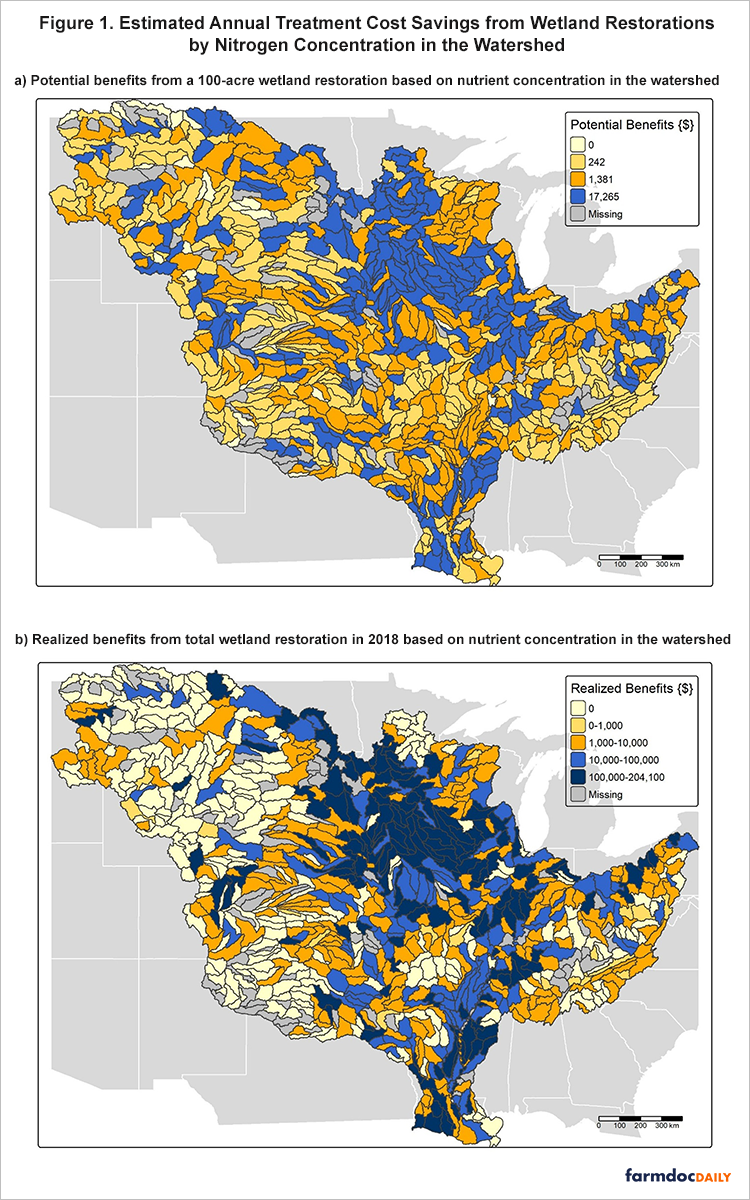







_2.png?#)






















